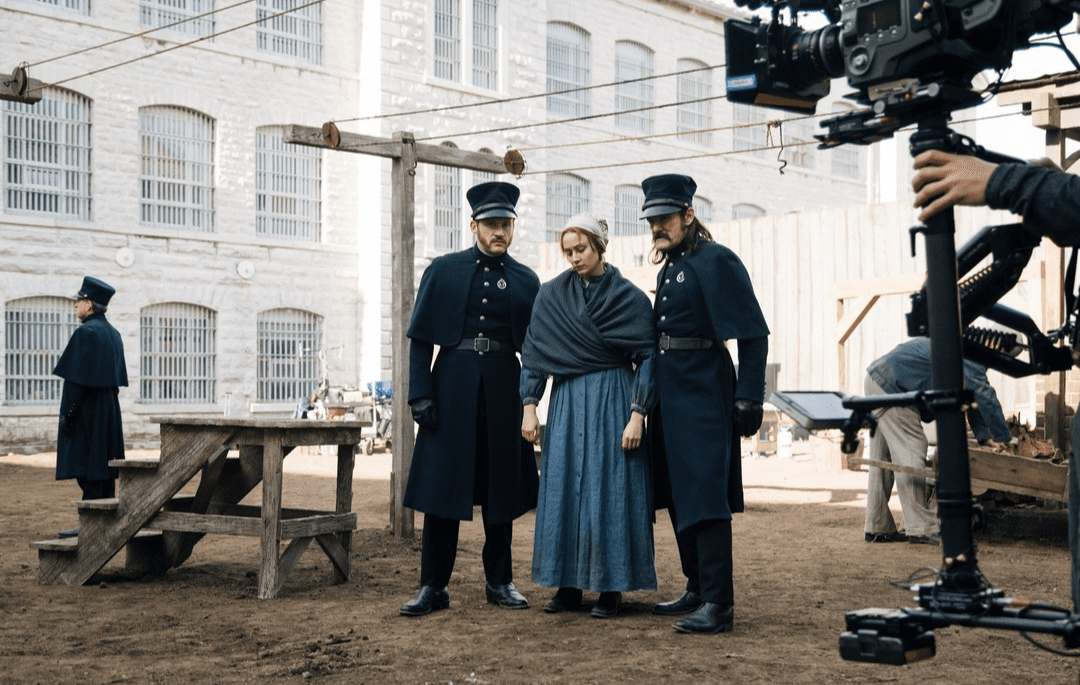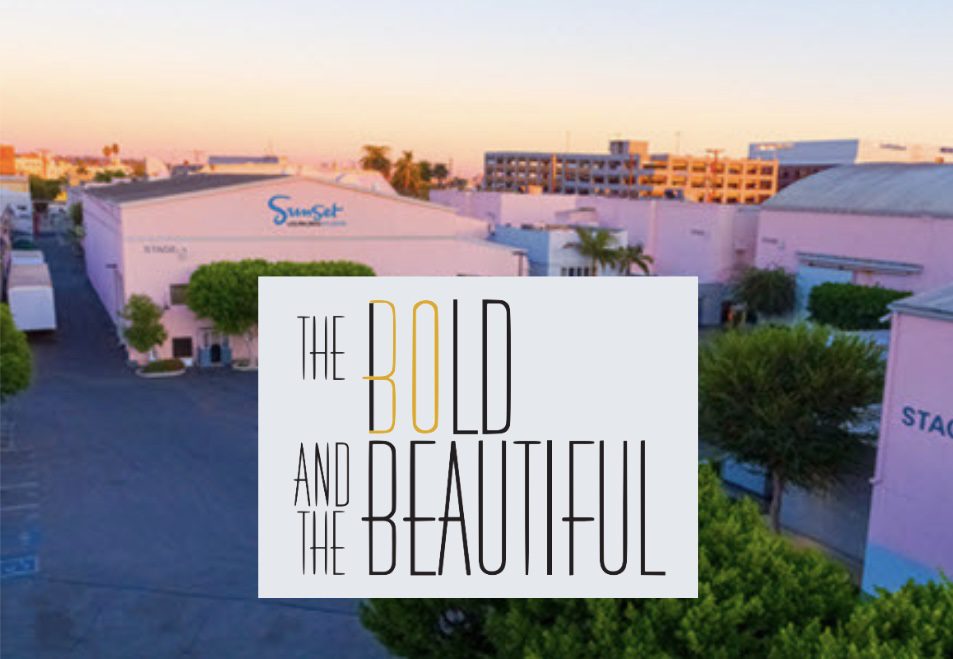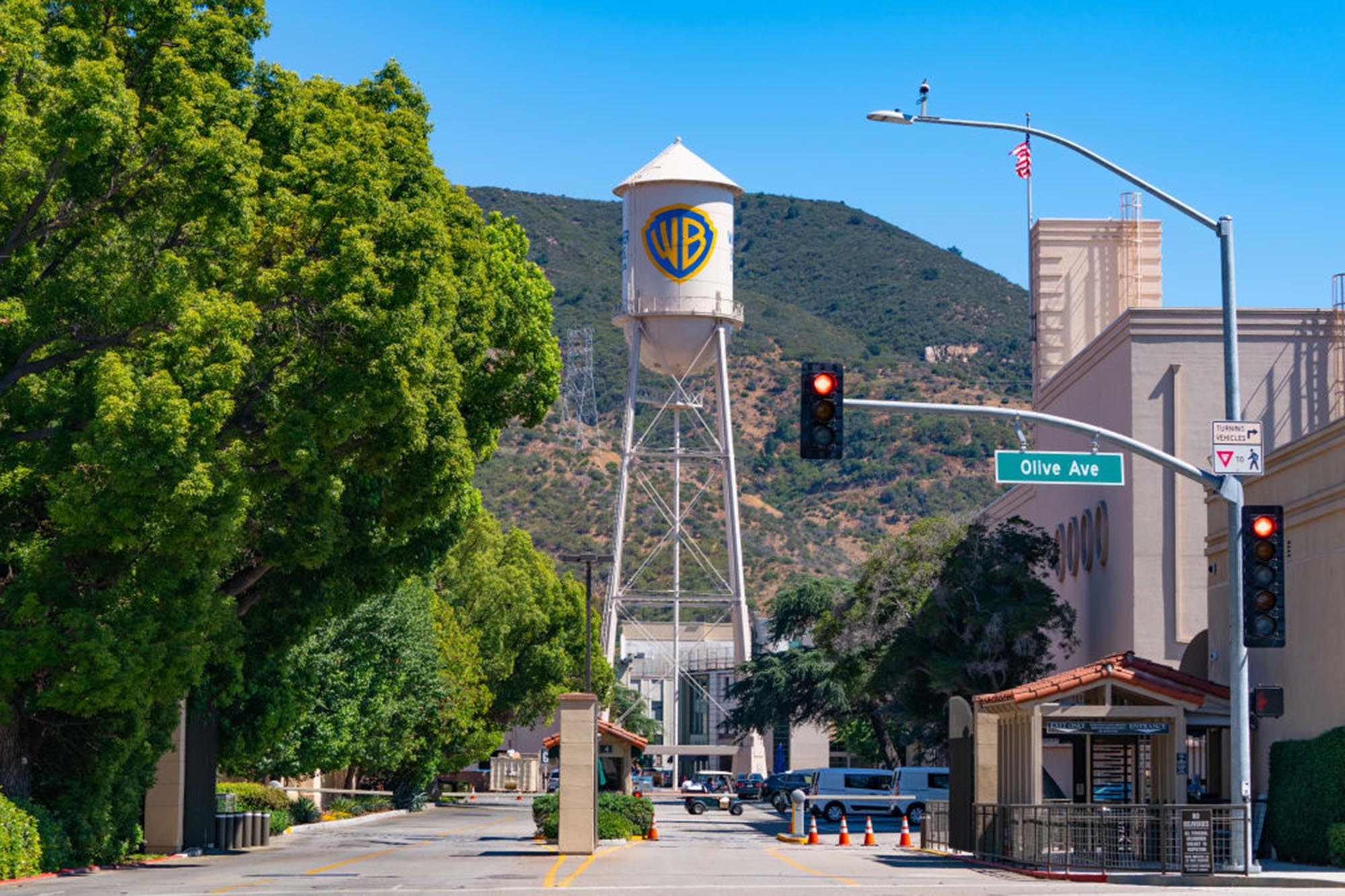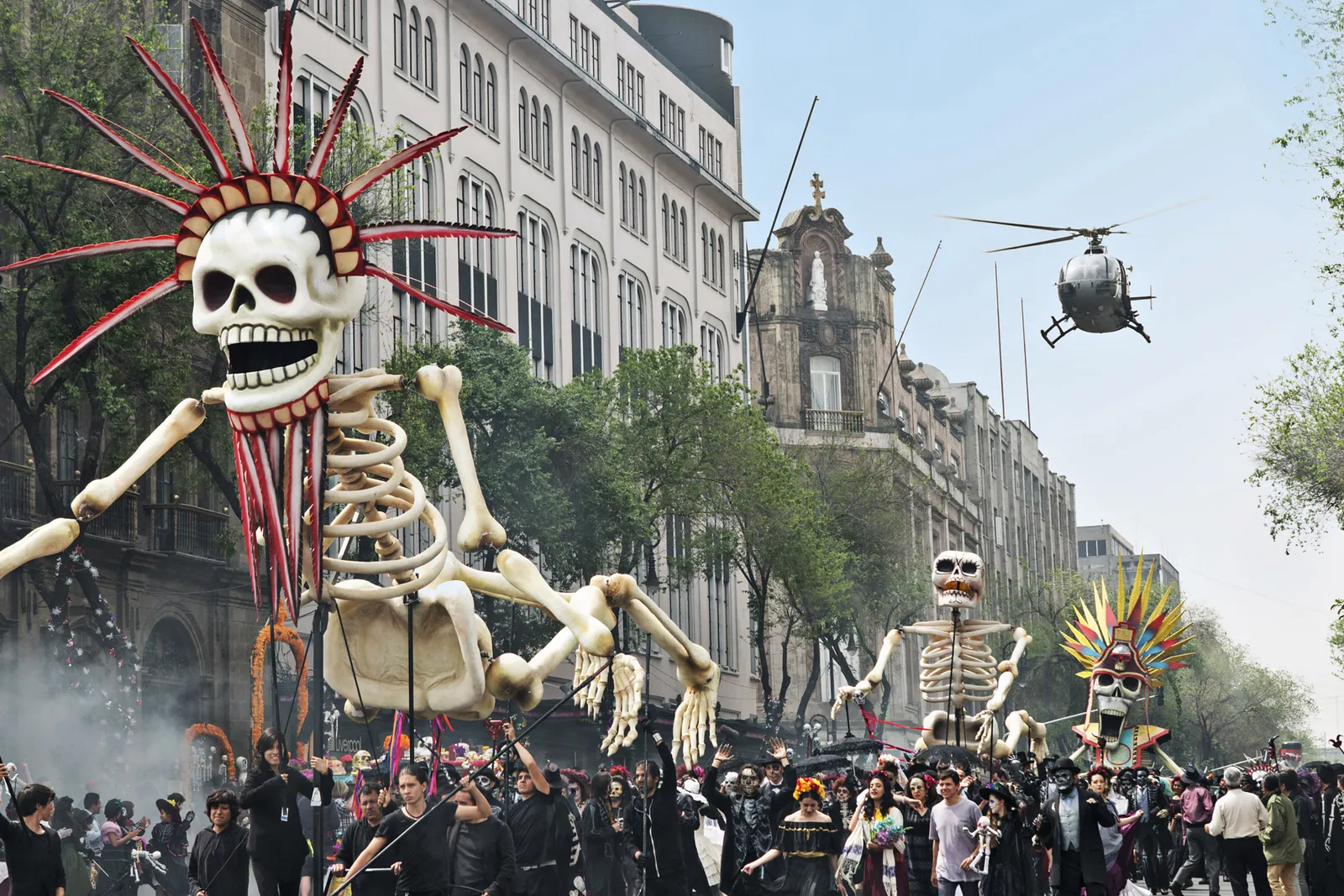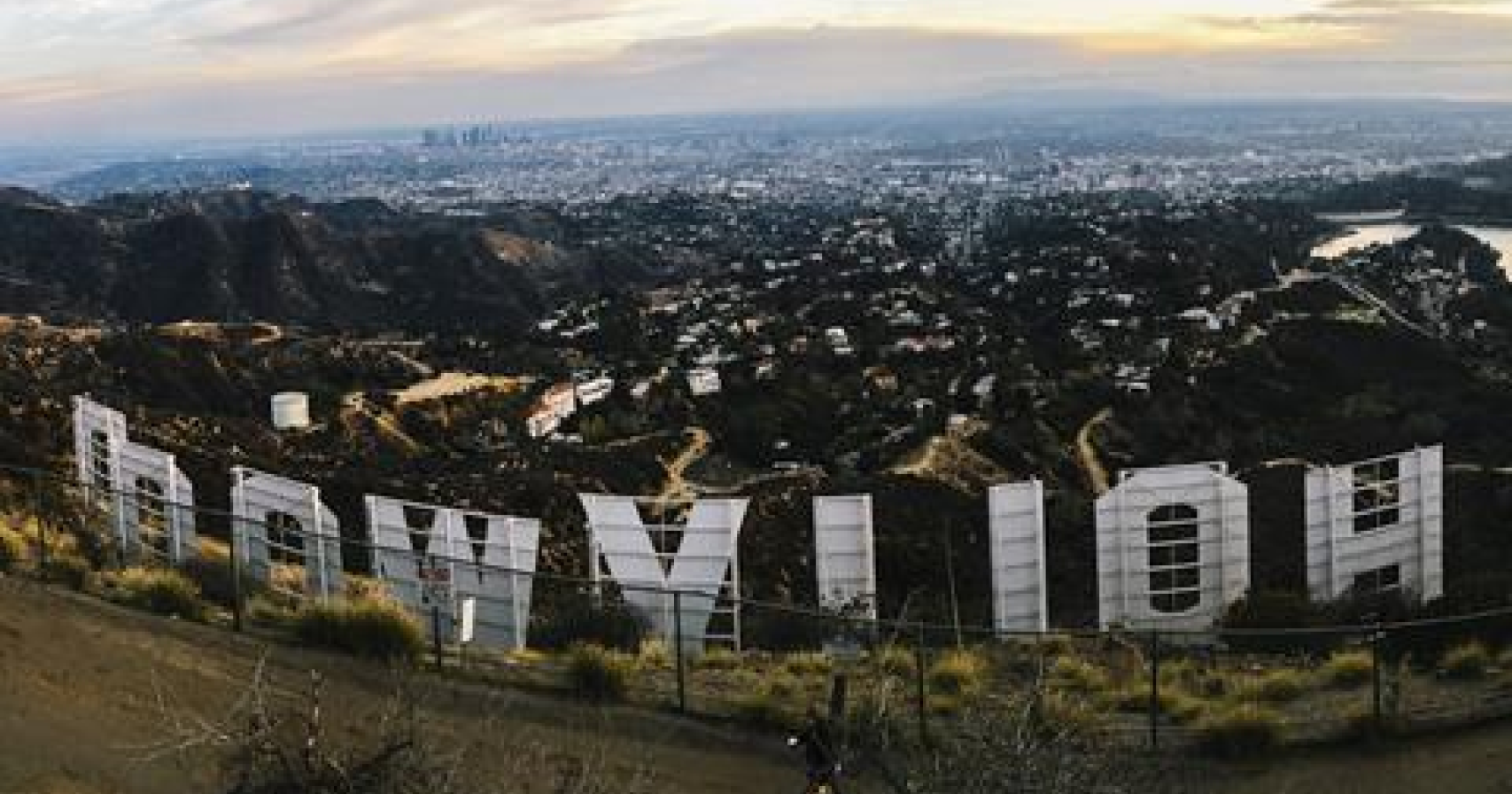At today’s Google I/O conference, the company unveiled Flow, a new generative video tool designed for filmmakers, content creators, and visual storytellers. Powered by Google’s latest AI models, Veo 3 and Imagen 4, Flow offers users the ability to design and iterate cinematic scenes with control over camera movement, shot composition, lighting, lens selection—and even audio.
Described by Google as a “creative sandbox,” the tool is intended to serve both experienced directors and emerging creators looking for a more dynamic way to visualize and prototype ideas. Instead of generating standalone clips from prompts, Flow allows users to design sequences and transitions with consistent characters and visual continuity—an evolution from previous text-to-video tools.
“This is for those moments of exploration,” said Thomas Iljic, Product Director at Google Labs. “You can iterate on your ideas like you would on set—with control over the camera, the actors, and the lighting.”
One of the tool’s core features, Scenebuilder, allows for shot extension and continuity across edits—preserving narrative context, geography, and motion. Users can shift between angles, simulate specific lenses, and generate movement such as dolly-ins or handheld shake with relative ease.
AI filmmaker Dave Clark, who collaborated with Google on Flow, described it as a step closer to true virtual directing. His studio, Promise, is currently using the tool for a new project called Freelancers, which blends stylized cinematography with real-time AI-generated scenes.
“The difference with Flow is the level of control—it’s not just prompting anymore,” said Clark. “This feels like blocking and lensing, not typing.”
Beyond visuals, Flow also includes real-time audio generation—dialogue, ambient sound, and music—opening up new workflows for sound designers and editors. It’s part of what Google calls “modular creative tooling,” allowing artists to start projects with images, audio, or video and build in any direction.
The company says it worked with a group of filmmakers during the tool’s development, including Clark, Junie Lau, Henry Daubrez, and Darren Aronofsky. That feedback helped shape a flexible, nonlinear production interface intended to reflect the hybrid workflows now common across film, TV, and branded content.
Google says Flow is not meant to replace traditional production but to accelerate early-stage development—giving creators a fast, iterative way to test concepts, build visual pitches, and develop proof-of-concept material before heading into physical production.
With other players like OpenAI (Sora) and Runway (Gen-3 Alpha) investing heavily in generative video tools, Flow represents Google’s formal entry into the race for AI-driven creative tools. The company is positioning it as a solution for everything from previsualization to concept development, particularly for teams facing compressed timelines or limited resources.
Flow is now available to users in the U.S. through Google AI Pro ($19.99/month) and AI Ultra ($249.99/month), with international rollout expected later this year.
Watch Google’s new promotional video for FLOW









